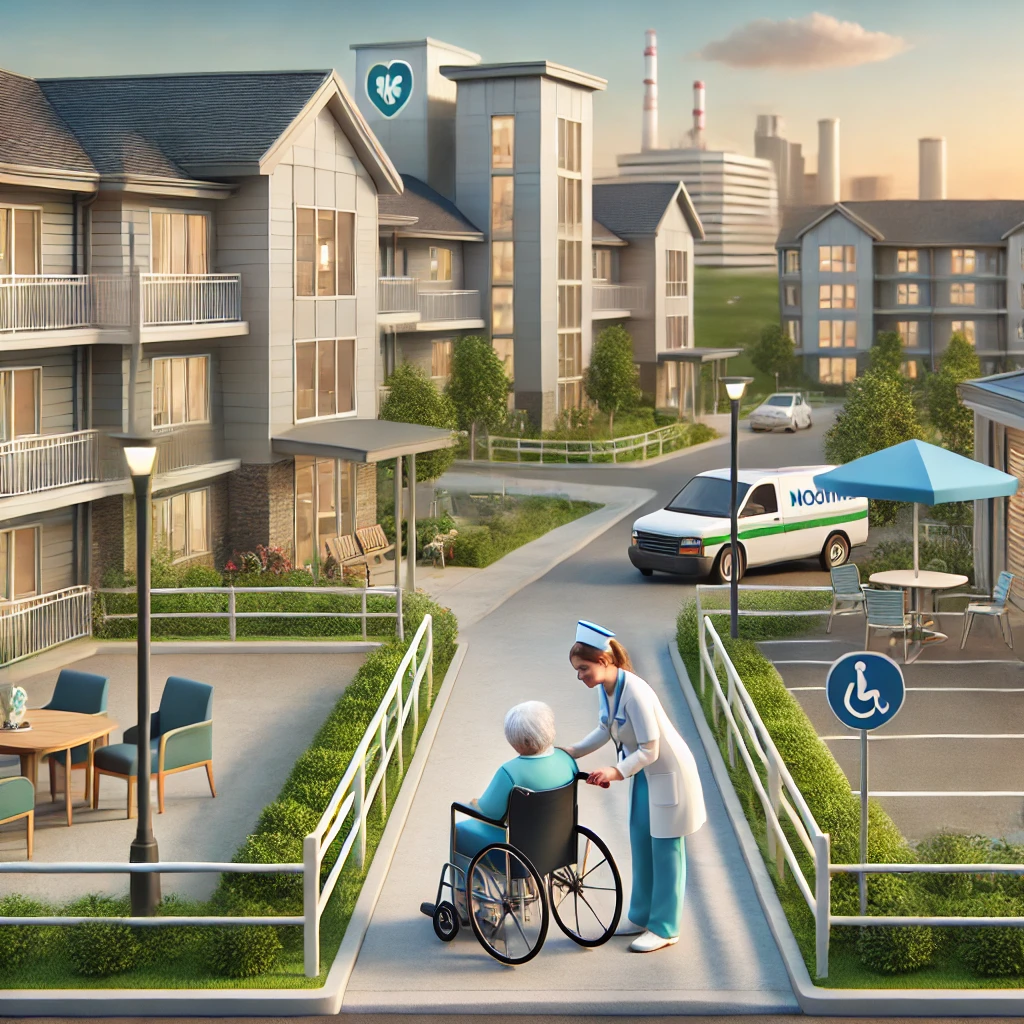Home Sweet Home: How to Evaluate Housing Facilities to Minimize Medical Malpractice Risks
When searching for a new place to call home, many factors come into play: location, size, amenities, and cost. However, one critical aspect that often goes overlooked is the potential for medical malpractice risks associated with housing facilities. While you might think of medical malpractice in the context of hospitals or clinics, the reality is that your living environment can influence your health and safety. Ensuring that your home supports your well-being is paramount.
This blog will provide you with essential strategies for evaluating housing facilities to minimize the risks of medical malpractice. By understanding what to look for in your housing choices, you can create a safe and supportive living environment that prioritizes your health and peace of mind.
Understanding Medical Malpractice
According to Mann Blake & Jackson, medical malpractice occurs when healthcare professionals fail to provide the appropriate standard of care, leading to harm or injury. While this is most commonly associated with hospitals and clinics, it can also extend to residential settings. For example, inadequate medical attention in a communal living environment or unsafe conditions in a home can create situations ripe for malpractice claims. It's crucial to recognize that the risks can originate not only from medical personnel but also from the living conditions themselves.
The implications of medical malpractice can be severe, affecting both physical health and emotional well-being. Victims may suffer from long-term consequences, including physical injuries, psychological distress, and financial burdens due to medical expenses. Therefore, taking proactive measures to minimize these risks when selecting housing facilities is essential for protecting yourself and your loved ones.

Assessing Healthcare Access in the Area
One of the first steps in evaluating a potential home is to assess its proximity to healthcare facilities. Being close to hospitals, urgent care centers, and primary care clinics can significantly impact your access to medical services in emergencies. When choosing a housing facility, make it a priority to investigate the distance to these essential services and consider the quality of care they provide.
Researching local healthcare providers is equally important. You can start by looking up online reviews and checking their accreditation status. Local health department websites often provide valuable insights into healthcare facilities' performance and patient satisfaction. By ensuring you have access to quality medical care nearby, you can alleviate some of the concerns associated with potential medical malpractice.
Evaluating Housing Facilities for Safety and Health
Once you have assessed healthcare access, it's time to evaluate the housing facilities themselves. Start by inspecting the physical condition of the building. Look for signs of maintenance issues, such as leaks, mold, or structural damage, which could pose health risks. A well-maintained building is more likely to provide a safe living environment, while neglect can lead to hazardous conditions that increase the likelihood of medical malpractice.
Additionally, consider the safety features available within the facility. Essential elements such as smoke detectors, carbon monoxide alarms, and secure entrances are crucial for protecting residents from various dangers. Make sure these features are not only present but also regularly inspected and maintained. A safe environment significantly reduces the chances of accidents and the potential for medical malpractice claims arising from negligence.
In your evaluation, also assess the accessibility of the housing facility. Consider features such as wheelchair ramps, wide doorways, and handrails in common areas, which can enhance safety for all residents, particularly those with mobility challenges. Additionally, examine the lighting in and around the property, as adequate illumination can help prevent accidents and enhance security. By focusing on these aspects, you create a comprehensive picture of how well the facility prioritizes health and safety, ultimately minimizing your risk of encountering issues related to medical malpractice.
Investigating Community Resources and Support
Beyond individual housing facilities, community resources play a vital role in overall health and safety. Access to support services, such as health education, counseling, and legal aid, can help residents navigate challenges related to medical malpractice. Before committing to a housing facility, research the availability of these services in the area.
Moreover, evaluate the neighborhood's safety as a whole. High crime rates can lead to increased stress and health risks, impacting your overall well-being. Look for community initiatives aimed at promoting health and safety, such as neighborhood watch programs or local health fairs. A supportive community not only enhances your living experience but also reduces the risks associated with medical malpractice.
Tenant Rights and Legal Protections
Understanding tenant rights is essential for safeguarding your health and safety in any housing facility. Familiarize yourself with the legal protections available to tenants regarding health and safety standards. Most jurisdictions have laws that require landlords to maintain safe living conditions and respond promptly to repair requests. Knowing these rights empowers you to advocate for yourself effectively.
If you encounter unsafe conditions, it's crucial to know how to report them properly. Establish a clear line of communication with your landlord and document any issues you experience. Should negligence occur, having a record of your communications can be invaluable if you need to pursue legal action. Being proactive about your rights ensures that you can take the necessary steps to protect yourself from potential medical malpractice.
Conclusion
In conclusion, evaluating housing facilities to minimize medical malpractice risks is a vital aspect of choosing a safe and supportive home. By understanding the potential risks associated with your living environment, assessing healthcare access, and evaluating safety features, you can make informed decisions that prioritize your well-being.
Furthermore, staying aware of community resources and knowing your tenant rights will empower you to navigate any challenges that arise. By taking these proactive steps, you can create a home that truly embodies the notion of "home sweet home", where safety and health are at the forefront. Your living environment should nurture your well-being, allowing you to thrive and enjoy peace of mind.